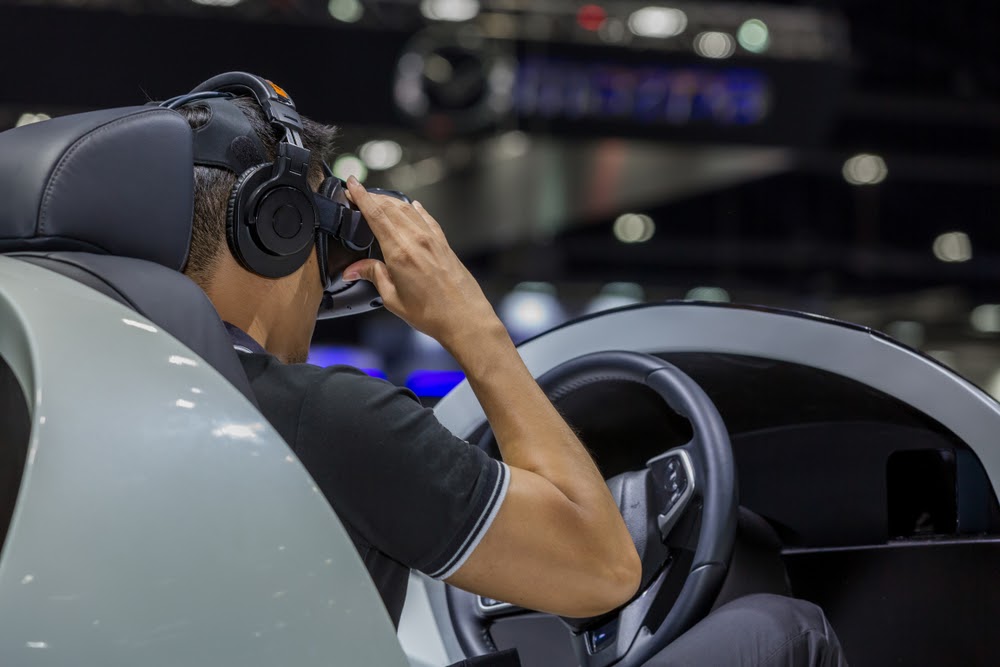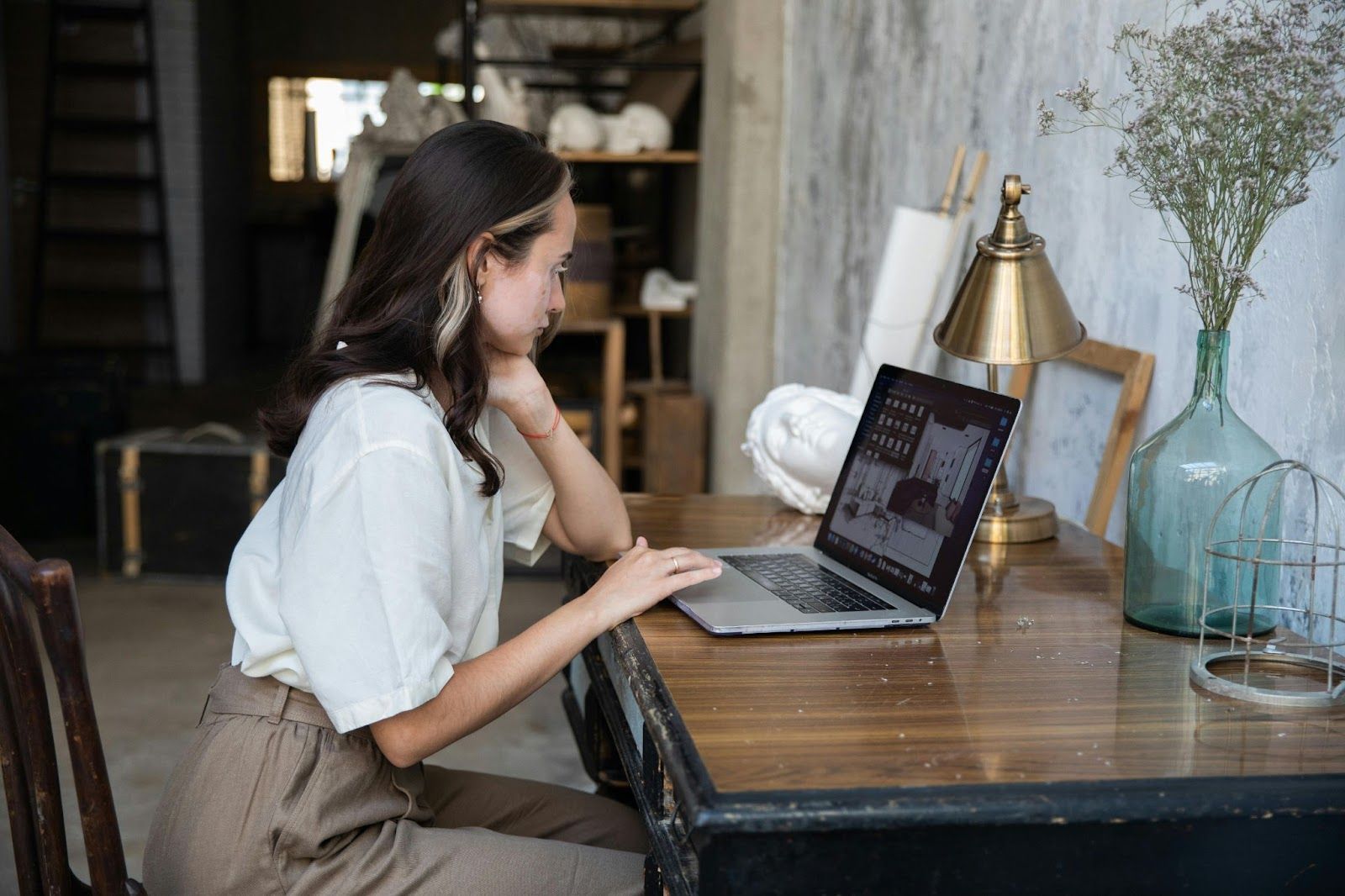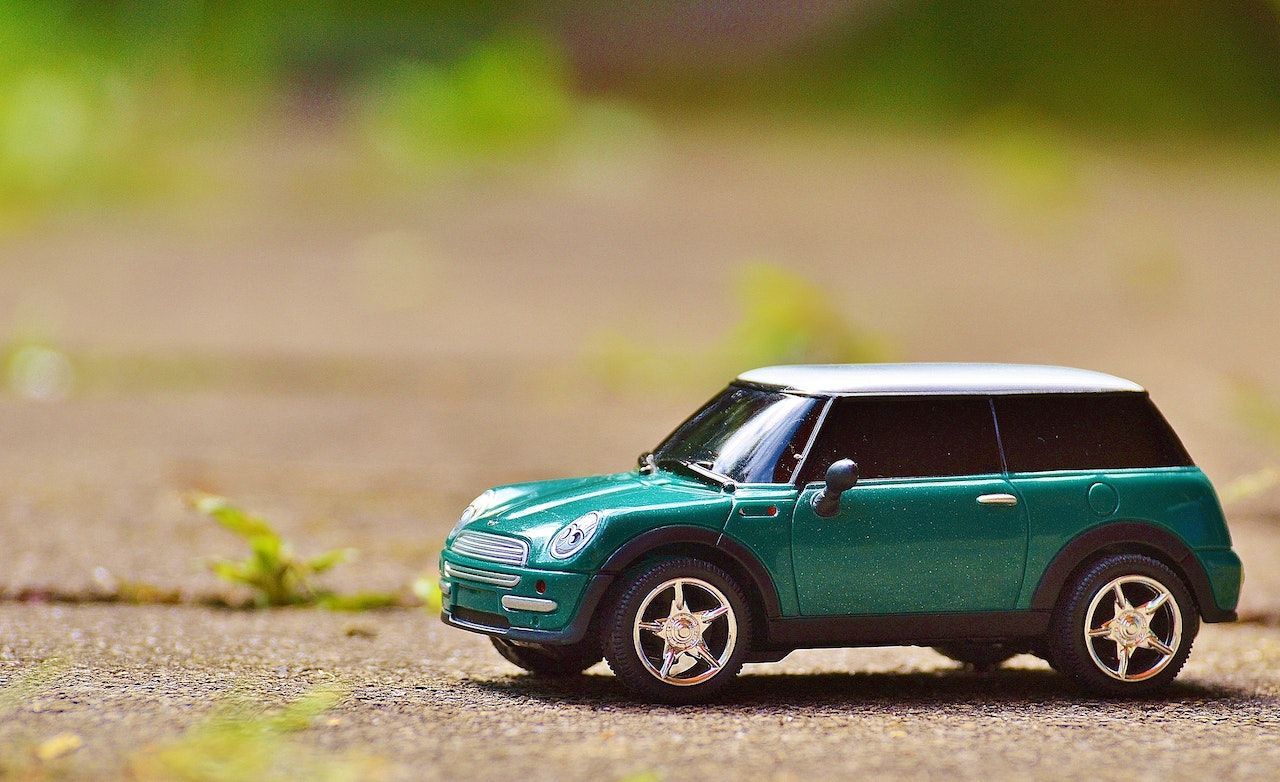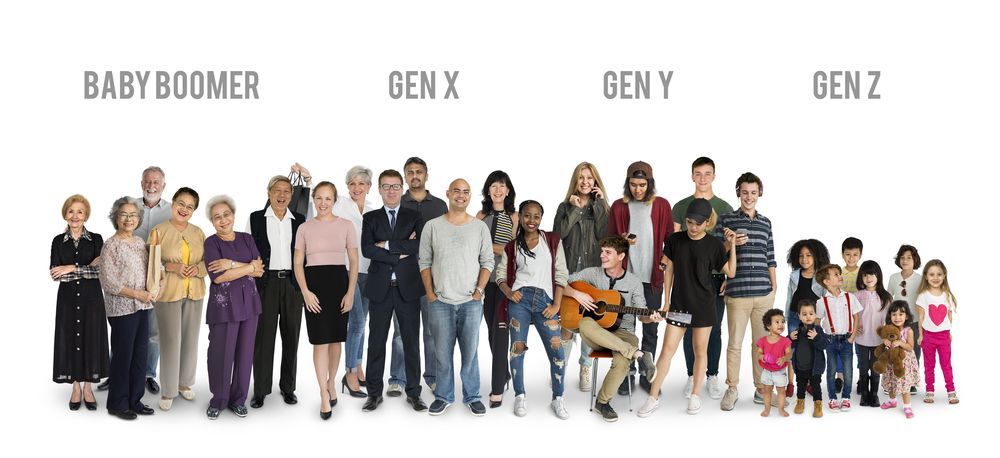Virtual Reality in Automotive Market: What will be the Short-term Impact of Coronavirus?
By marcela • August 26, 2021
In March, businesses across the country shut down in an effort to flatten the curve of coronavirus infection rates as the virus threatened to spread out of control. Life as usual stopped suddenly, and businesses were forced to adjust to the closures in a fight for financial survival .
Many industries learned to evolve to stay afloat and keep sales from tanking. Customers could no longer shop or patronize businesses and shops in person; in many states, shelter-in-place mandates kept many from leaving their home for anything but the essentials. In response, the evolution of business and retail went virtual…and online.
The automotive industry may have seen sales and consumer traffic drop significantly during the height of the pandemic, and, even now, some states may still limit businesses to a minimum number of patrons. BCG reports that 2020 sales (in the US, Europe and China) are forecasted to be 14 to 22 percent lower . However, the pain of the industry is more complicated than just the noticeable drop in foot traffic at dealerships.

In a report titled “ Understanding the impact of Covid-19 automotive industry, ” Deloitte explains that plant closures also played a role in the issues faced by executives in the industry. Closed plants meant the halt of production, and perhaps a limited number of models hitting the showrooms and dealer lots. CNBC reported that because of coronavirus plant closures, global auto production was expected to drop by 1.4 million vehicles .
While the halt in factory production might have forced major automotive manufacturers and the executives in the industry to brace for a decreased supply, dealerships still needed to find ways to sell the inventory on lots. Sales couldn’t simply stand at zero, survival meant adjusting to the quarantine and finding ways to reach consumers.
The solution? Many embraced virtual reality technology to bring the car buying process to life when in-person sales and laid-back visits to dealer lots simply were not a viable–or safe–option for consumers. However, virtual reality showrooms aren’t simply a short-term solution to an economy that has faced limitations on shopping and sales that have been complicated by constantly evolving safety guidelines. Instead, the use of VR might be the new pivot of the industry, an advancement that was waiting on the sidelines and was already prepared to jump into the driver’s seat. Virtual driver’s seat, that is.
As Covid forced employers and schools to adopt a virtual environment, many businesses and educators have embraced virtual methods as users have adapted to their high-tech features. Businesses began to understand that conducting business at home was cheaper and, in many ways, more convenient and much safer than pushing employees to come into the office. The normal business as usual became virtual offices, conferences, interviews and lectures.
The automotive industry has realized that offering a virtual showroom that allows the buyer to browse cars at their leisure may be here to stay. In fact, virtual reality in the automotive market may be a long-term solution to what was perceived as a short-term impact of a pandemic .
VR in the Automotive Industry: Virtual Showrooms, Marketing Pizzazz & Training Tools
Fortune Business Insights released a comprehensive report that detailed predictions and data about virtual reality’s use within the industry. The use of virtual reality in the automotive industry is far-reaching and is used beyond the concept of virtual showrooms.
Fortune Business Insights notes that virtual reality can–and likely will–be used in marketing campaigns for manufacturers. However, VR already is used in training ; the report noted that in 2019 both Rolls Royce and Qatar Airways announced that VR would be used to train engineers.
For consumers–and perhaps even other audiences, too–Fortune discussed scenarios that could integrate virtual reality to boost sales or marketing efforts . Fortune posited using VR to navigate a vehicle on a different planet! Imagine allowing a buyer to somehow interact with the vehicle as viewed on Mars…or even on a beach. This digital experience allows companies to create any image they wish for their product. Take a ride in a luxury vehicle along the coast of Monaco!
The scenery and the backdrop for the VR showroom or virtual test drive could elevate a brand’s reputation and create a memorable experience for the consumer. The savvier the experience, the deeper the impact it could create for the future buyer .

The Virtual Test Drive Isn’t New… But It May Be Gaining More Traction Thanks to Covid
Exotic locales for test drives might be a future possibility, but manufacturers are already offering some type of virtual reality simulated driving experiences.
Fortune Business Insights’ report noted that Volvo offered this experience to buyers for its XC90 model. Given that the report was released before Covid, Volvo was ahead of the game.
Audi also steered ahead of the curve; back in 2018, The Drum reported that Audi offered a virtual reality test drive of its Q5 model… except Audi conducted the test drive in a sandbox (a virtual sandbox, that is!).
Now, in a world that is still adjusting amid the pandemic, dealerships also are offering the virtual test drive experience to their buyers. Krieger Ford offers virtual test drives on numerous models so consumers can feel out different car models. The VR works on phones–operating almost like a game!–and consumers can tilt the screen to maneuver their vehicle.
The Virtual Showroom
In the current health climate, businesses across the country may still be limiting the number of patrons within their stores.
Dealerships also could be restricting the number of potential buyers within their showroom to follow local and state health mandates during the Covid pandemic. As some states continue to be hot spots, the effect of these restrictions could have more of an impact within certain geographic locations.
Yet, Coronavirus and the health restrictions (especially the weeks of shelter-in-place mandates required in many states) have forced many dealerships to seek out other ways to reach buyers.
The solution has gone virtual… and online. As conferencing platforms have taken over the boardroom, virtual reality apps and platforms have become the new normal for previewing a new car at a dealership.
Virtual showrooms are a different form of virtual reality. These unique online experiences give consumers the ability to shop for a new car at home, in private and without pressure. Yet, the experience is still quite similar to a real-life dealership showroom.
How Can Buyers Access a Virtual Reality Showroom?
Here’s how the virtual showroom works:
- Choose the Make, Model, Year and Trim from the available vehicle options
- Hit the ‘Explore’ button
- Use the navigation options to view the vehicle’s interior and exterior
- Select the ‘color’ icon to view the different color choices for the vehicle
The virtual showroom allows potential buyers to see different features of each vehicle to help simplify the shopping process. Using the virtual showroom is especially beneficial for those who are comparing newer models of vehicles or who are simply researching options.
Virtual Reality Showrooms & Used Vehicles
Virtual reality showroom sites may provide consumers with older model vehicles on certain makes/models. However, for consumers on the hunt for a used vehicle , the research process may require a bit more due diligence. The VR showroom shows older models, but these models are simply models of the cars. They don’t show any potential flaws or damage that a used model on the lot could exhibit.
For this reason, buyers on the hunt for older cars can use VR sites and platforms for guidance, but they also should send an inquiry to the dealership to ask about any specific flaws or issues. Most dealerships offer photo slideshows of inventory, but never hesitate to ask for more information.
Coronavirus: The Short-Term Impact Might Not Be Short-Term At All
Virtual reality technology and offerings were wired into the automotive industry before Coronavirus wreaked its havoc.
While the impact of Covid has probably boosted the need for virtual reality showrooms and test drives for dealerships and manufacturers, it will evolve with the technology that guides and directs its design. Virtual reality will be a key feature in the automotive industry for the long haul.
For many consumers, virtual reality in the automotive industry may simply mean that they can go online or download an app and take a virtual test drive or shop for models via a virtual showroom. Executives in the industry, though, may understand that this technology will penetrate the automotive market in other ways; training has already integrated virtual reality technology for some companies.
Virtual reality has the potential to take the shopping experience into the fast lane; as Fortune Business Insights theorized, buyers could soon take virtual test drives on other planets… or somewhere exotic. Companies could let buyers into the driver’s seat in virtual race simulations to feel out the strength of the engine. The possibilities for how VR could be used in the automotive industry could be limited only by the imagination of the designers and engineers.
For the automotive industry, virtual reality could be the beginning of an amazing evolution in the buying process . As VR simulations advance and become even more true to life, there may be no need to ever visit a brick and mortar dealership. The right car could be just a click away, and virtual car shopping may become the new normal.
The post Virtual Reality in Automotive Market: What will be the Short-term Impact of Coronavirus? appeared first on (EN) 1(800) Car-Title®.
HOW MUCH IS MY CAR WORTH?













